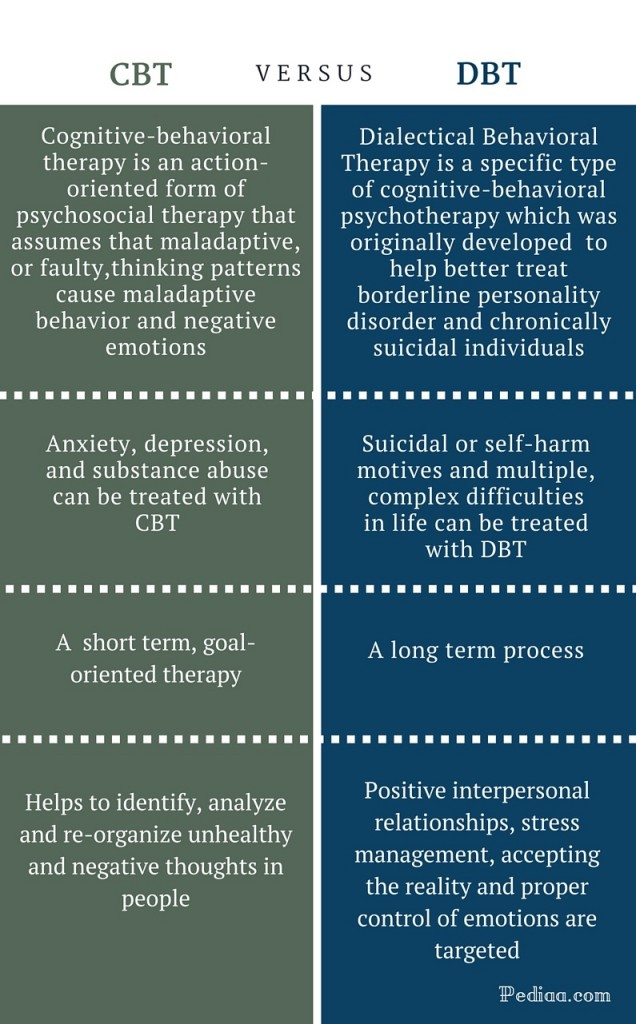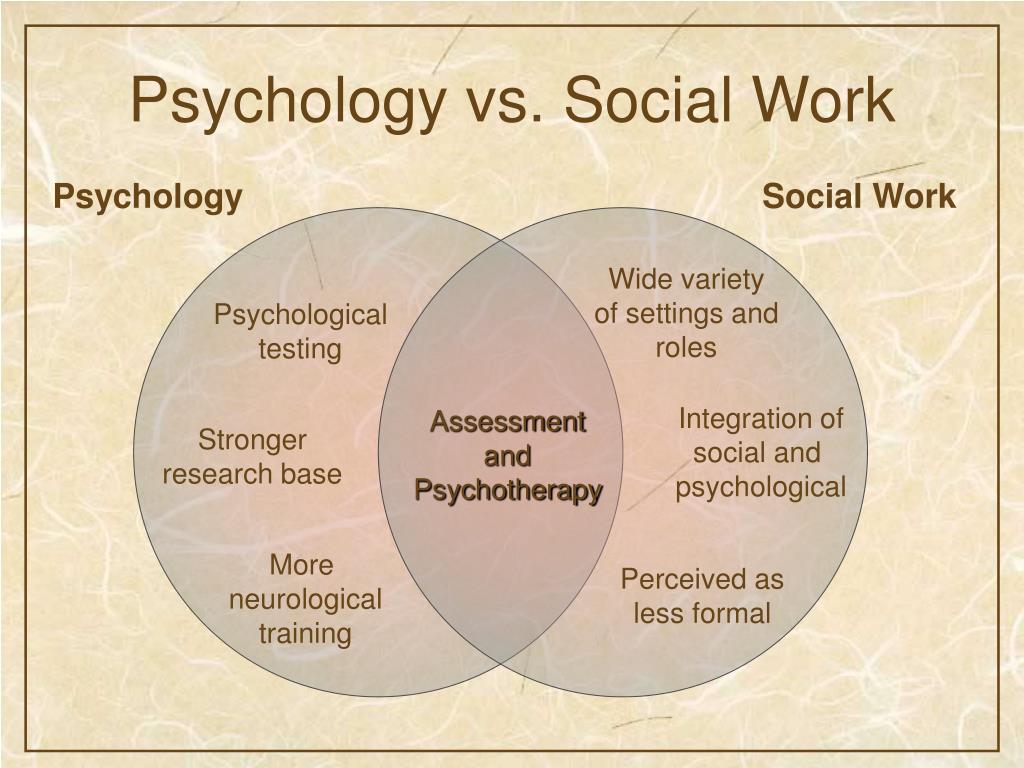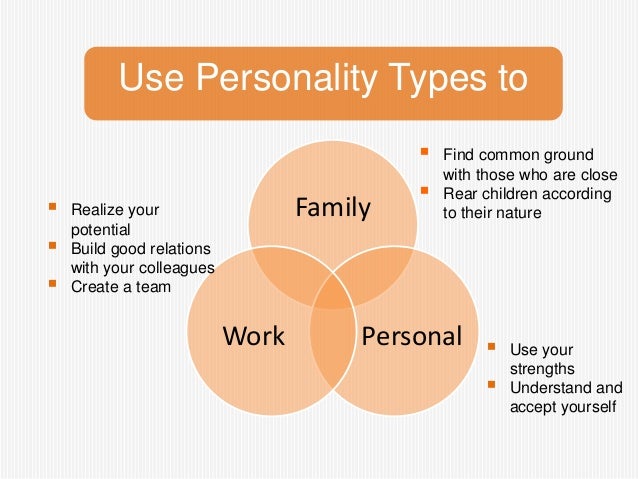What are the different types of therapies
Different Types of Approaches and How They Work
If you’re thinking of trying therapy, you might’ve already noticed the surprising amount of types available. Though some approaches work best for specific conditions, others can help with a range of issues.
In therapy, you’ll work with a trained mental health professional. What you’ll do in each appointment depends on the preferred methods of your therapist and the issues you’re looking to address.
You can expect to spend some time discussing how challenging situations, emotions, and behaviors affect your life.
This will likely involve working through some negative events or distressing thoughts. It may be difficult in the moment, but the end result is usually a happier, more fulfilling life.
Here’s a look at some common types of therapy and how to choose which one is best for you.
Psychodynamic therapy developed from psychoanalysis, a long-term approach to mental health treatment.
In psychoanalysis, you can expect to talk about anything on your mind to uncover patterns in thoughts or behavior that might be contributing to distress. It’s also common to talk about your childhood and past, along with recurring dreams or fantasies you might have.
How it works
In psychodynamic therapy, you’ll work with a therapist to explore the connection between your unconscious mind and your actions. This involves examining your emotions, relationships, and thought patterns.
Psychodynamic therapy can be a longer-term approach to mental health treatment, compared to cognitive behavioral therapy (CBT) and other types of therapy. Traditional psychoanalysis is an intensive form of treatment that people can go to for years.
Research suggests many people continue to improve, even after they complete psychodynamic therapy.
what it’s good forPsychodynamic therapy may be a good choice for addressing:
- depression
- anxiety
- eating disorders
- somatic symptoms
- substance use disorder
- a variety of other conditions
Behavioral therapy is a focused, action-oriented approach to mental health treatment.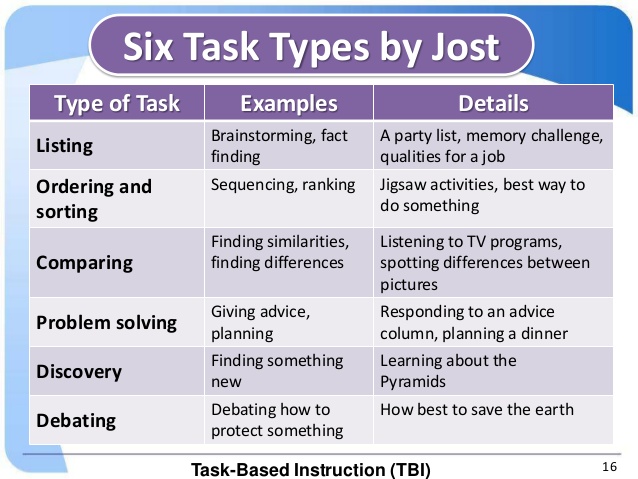
According to behavioral theory, certain behaviors develop from things you learned in your past. Some of these behaviors might affect your life negatively or cause distress.
Behavioral therapy can help you change your behavioral responses.
How it works
In behavioral therapy, you won’t spend much time talking about unconscious reasons for your behavior or working through emotional difficulties.
Instead, you’ll focus on ways to change behavioral reactions and patterns that cause distress.
There are many subtypes of behavioral therapy, including:
- Systematic desensitization. Systematic desensitization combines relaxation exercises with gradual exposure to something you fear. This can help you slowly get used to replacing feelings of fear and anxiety with a relaxation response.
- Aversion therapy.
In aversion therapy, you learn to associate the behavior you want to change with something that’s uncomfortable or unpleasant in some way.
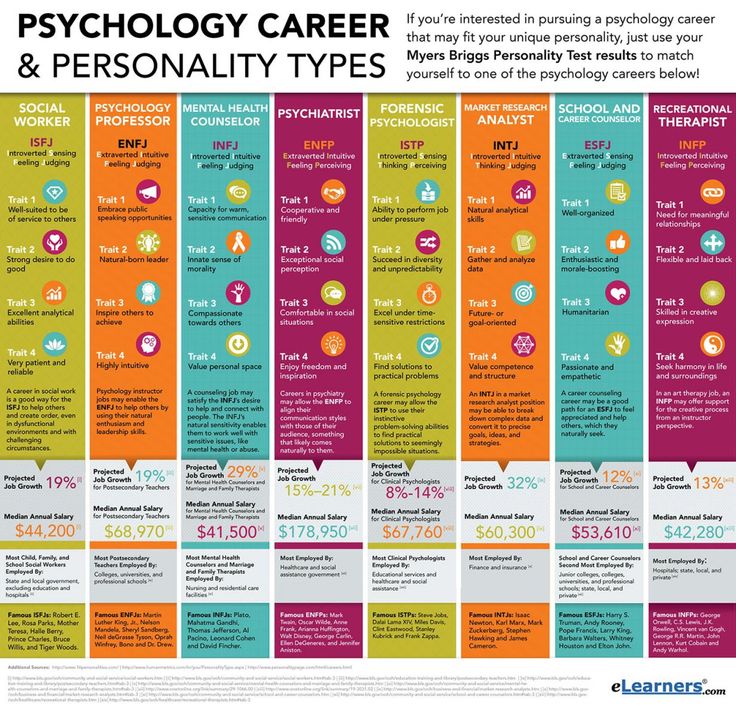 This association may help you stop the behavior.
This association may help you stop the behavior. - Flooding. This is similar to systematic desensitization, but it involves facing your fears directly from the start, rather than gradually. If you have a phobia of dogs, for example, the first exposure step might be sitting in a room of friendly, playful dogs. With systematic desensitization, on the other hand, your first exposure step might be looking at pictures of dogs.
what it’s good forBehavioral therapy may be a good option for addressing:
- anxiety
- phobias
- substance use disorder
- attention deficit hyperactivity disorder
- obsessive compulsive disorder (OCD)
- oppositional and defiant behaviors
- behavioral issues that result from communication difficulties or emotional challenges
Cognitive behavioral therapy is a short-term approach to mental health treatment. It’s similar to behavioral therapy, but it also addresses unhelpful thought patterns or problematic thoughts.
The idea behind CBT is that certain feelings or beliefs you have about yourself or situations in your life can lead to distress.
This distress may contribute to mental health issues, occur alongside them, or develop as a complication of other mental health issues.
How it works
In CBT sessions, you’ll work on identifying patterns and learning more about how they might negatively affect you.
With your therapist’s guidance, you’ll explore ways to replace negative thought patterns or behaviors with ones that are more helpful and accurate.
Like behavioral therapy, CBT doesn’t spend much time addressing past events. Instead, it focuses on addressing existing symptoms and making changes.
CBT often involves homework or practice outside the therapy session.
For example, you might keep track of negative thoughts or things that trouble you between sessions in a journal. This practice helps to reinforce what you learn in therapy and apply your new skills to everyday situations.
There are also some subtypes of CBT, such as:
- Dialectical behavioral therapy (DBT). DBT uses CBT skills, but it prioritizes acceptance and emotional regulation. You can expect to work on developing skills to cope with distressing or challenging situations. You may also learn how to accept and deal with difficult emotions when they arise.
- Rational emotive therapy. This approach helps you learn how to challenge irrational beliefs that contribute to emotional distress or other issues. The idea behind rational emotive therapy is that replacing irrational thoughts with more rational ones can improve your well-being.
What it’s good forCBT may be a good option for addressing:
- mood disorders, such as depression and bipolar disorder
- anxiety and phobias
- eating disorders
- substance use disorders
- OCD
- insomnia
- some symptoms of schizophrenia
CBT can also be very helpful for certain conditions when combined with medication.

Humanistic therapy is an approach that looks at how your worldview affects the choices you make, especially choices that cause distress. It’s based on the belief that you’re the best person to understand your experiences and needs.
Humanistic therapists work to help you better understand what you’re experiencing, offering guidance and support without interpreting your feelings for you.
How it works
Your therapist will help you work toward the goal of living your most fulfilling life, largely by enabling you to be your true self. You’ll spend time exploring ways to grow and increase self-acceptance along with discussing the issues you’re dealing with.
Another important principle in humanistic therapy is unconditional positive regard.
This simply means your therapist will accept you, even if they disagree with you on some things. Humanistic therapy is particularly useful for coping with negative judgement (perceived or real) from others.
Generally, you’ll be the one directing the session. Your therapist will step in when needed, but otherwise they’ll be actively listening to you, occasionally asking questions to ensure they understand what you’re saying.
Humanistic approaches to therapy include:
- Existential therapy. In this philosophical approach to treatment, you’ll consider concepts such as responsibility for your choices and your freedom to make choices. You might spend time talking about what certain parts of your life mean to you and how you might find greater meaning in life.
- Person-centered therapy. This approach works from the belief that emotional distress can result when others criticize you or show disapproval for your choices or actions. This can make self-acceptance and growth difficult. Therapists offer acceptance, empathy, and guidance as you work on personal growth and positive change.
- Gestalt therapy. With this approach, you’ll look at unresolved issues, such as relationship and family conflicts, considering how they affect your emotional well-being.
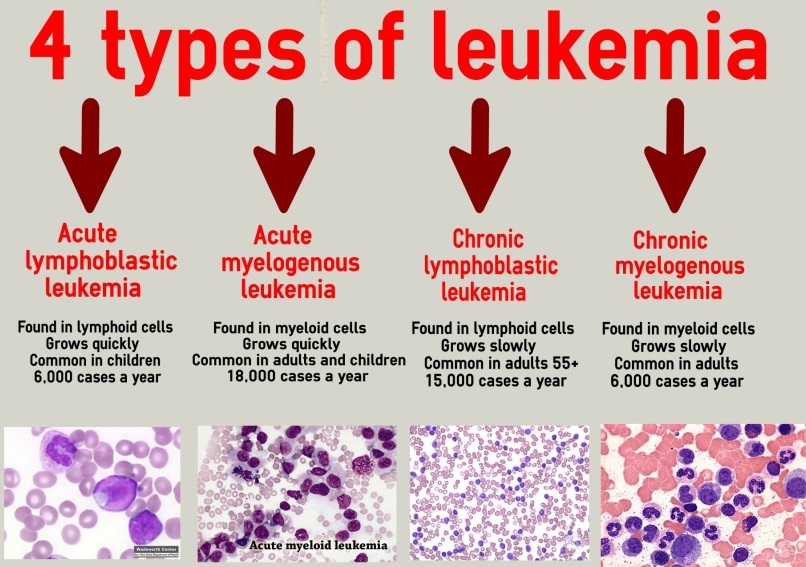 Gestalt therapy focuses on the present moment and often involves role-playing or acting out scenarios with movement or visualization.
Gestalt therapy focuses on the present moment and often involves role-playing or acting out scenarios with movement or visualization.
what it’s good forHumanistic therapy can be useful for addressing:
- self-esteem issues
- difficulty coping with chronic health concerns
- effects of trauma
- depression
- relationship issues
- substance use disorder
- feelings of worthlessness or being lost in life
With so many options, it can feel overwhelming to commit to a specific kind of therapy. If you receive a mental health diagnosis from your healthcare provider, they may have some recommendations based on your needs.
Ultimately, the choice is yours. Keep in mind that many therapists use a combination of techniques from different types of therapy. It’s also perfectly normal to try one approach, find that it doesn’t work for you, and try a different type.
Therapy can be difficult, regardless of the approach you choose.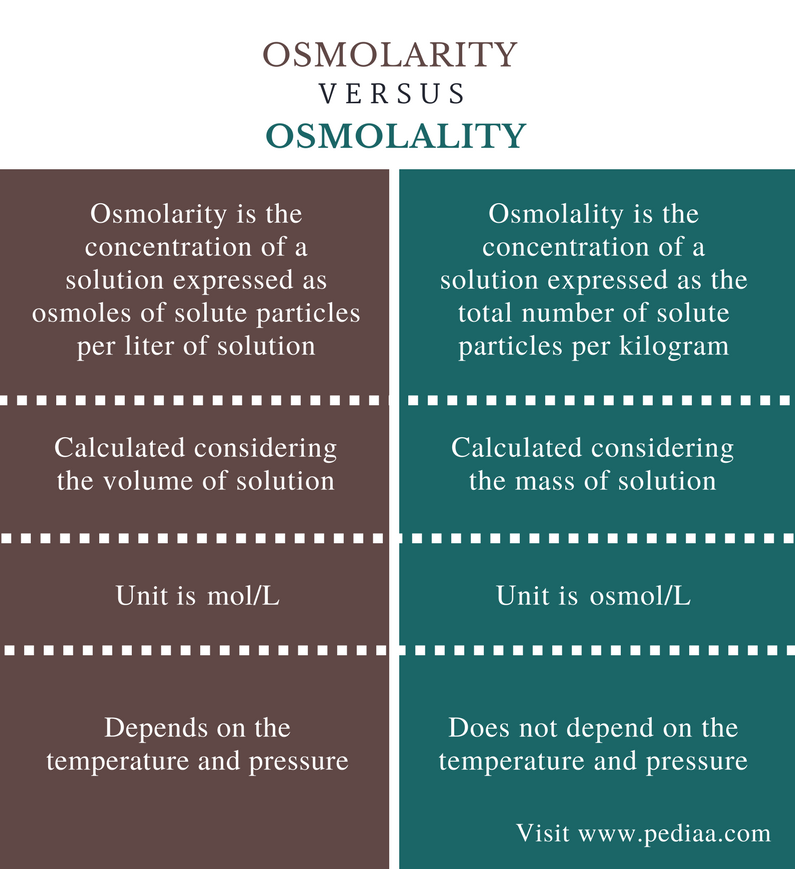 You might feel uncomfortable or nervous about discussing mental health symptoms and personal thoughts with a stranger. This often gets easier with time.
You might feel uncomfortable or nervous about discussing mental health symptoms and personal thoughts with a stranger. This often gets easier with time.
Whether you’re having a difficult time in life or have a mental health issue that causes serious distress, your therapist is trained to help without judgment. If you don’t feel they are, seek out a new therapist.
If you’re not sure where to start, consider looking through the American Psychological Association’s database of therapists in your area. Most list the types of therapy they offer.
As you contact potential therapists, keep a few things in mind:
- What issues do you want to address? These can be specific or vague.
- Are there any specific traits you’d like in a therapist? For example, are you more comfortable with someone who shares your gender?
- How much can you realistically afford to spend per session? Do you want someone who offers sliding-scale prices or payment plans?
- Where will therapy fit into your schedule? Do you need a therapist who can see you on a specific day of the week? Or someone who has nighttime sessions?
Remember, it’s OK to change therapists or therapy types if one isn’t working for you.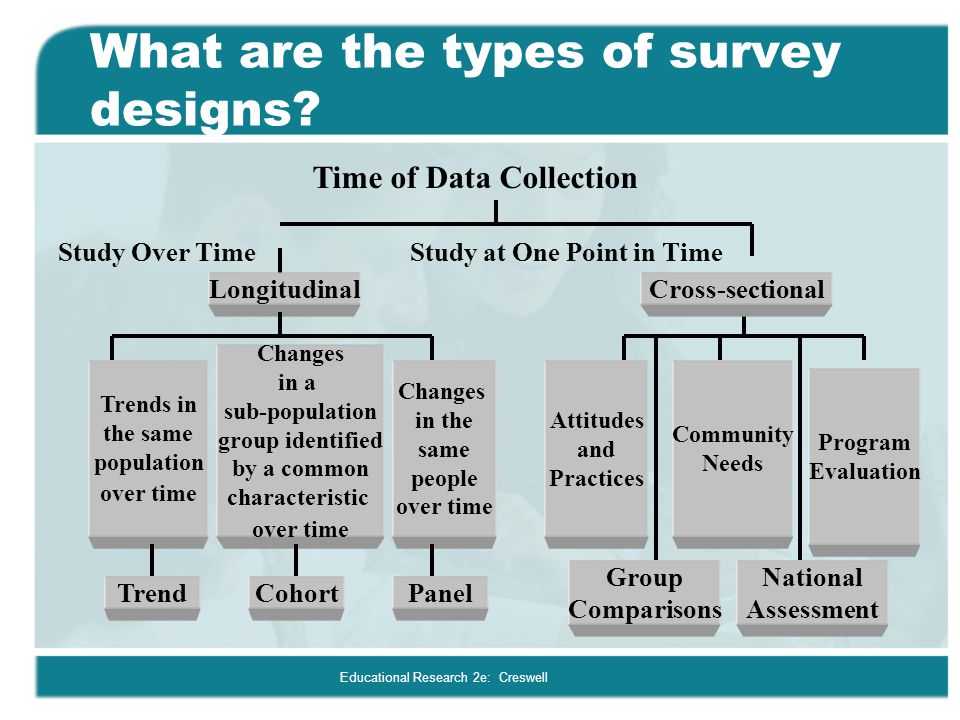 Keep trying until you find someone who feels right to you.
Keep trying until you find someone who feels right to you.
Online therapy options
Read our review of the best online therapy options to find the right fit for you.
Different Types of Approaches and How They Work
If you’re thinking of trying therapy, you might’ve already noticed the surprising amount of types available. Though some approaches work best for specific conditions, others can help with a range of issues.
In therapy, you’ll work with a trained mental health professional. What you’ll do in each appointment depends on the preferred methods of your therapist and the issues you’re looking to address.
You can expect to spend some time discussing how challenging situations, emotions, and behaviors affect your life.
This will likely involve working through some negative events or distressing thoughts. It may be difficult in the moment, but the end result is usually a happier, more fulfilling life.
Here’s a look at some common types of therapy and how to choose which one is best for you.
Psychodynamic therapy developed from psychoanalysis, a long-term approach to mental health treatment.
In psychoanalysis, you can expect to talk about anything on your mind to uncover patterns in thoughts or behavior that might be contributing to distress. It’s also common to talk about your childhood and past, along with recurring dreams or fantasies you might have.
How it works
In psychodynamic therapy, you’ll work with a therapist to explore the connection between your unconscious mind and your actions. This involves examining your emotions, relationships, and thought patterns.
Psychodynamic therapy can be a longer-term approach to mental health treatment, compared to cognitive behavioral therapy (CBT) and other types of therapy. Traditional psychoanalysis is an intensive form of treatment that people can go to for years.
Research suggests many people continue to improve, even after they complete psychodynamic therapy.
what it’s good forPsychodynamic therapy may be a good choice for addressing:
- depression
- anxiety
- eating disorders
- somatic symptoms
- substance use disorder
- a variety of other conditions
Behavioral therapy is a focused, action-oriented approach to mental health treatment.
According to behavioral theory, certain behaviors develop from things you learned in your past. Some of these behaviors might affect your life negatively or cause distress.
Behavioral therapy can help you change your behavioral responses.
How it works
In behavioral therapy, you won’t spend much time talking about unconscious reasons for your behavior or working through emotional difficulties.
Instead, you’ll focus on ways to change behavioral reactions and patterns that cause distress.
There are many subtypes of behavioral therapy, including:
- Systematic desensitization. Systematic desensitization combines relaxation exercises with gradual exposure to something you fear. This can help you slowly get used to replacing feelings of fear and anxiety with a relaxation response.
- Aversion therapy. In aversion therapy, you learn to associate the behavior you want to change with something that’s uncomfortable or unpleasant in some way.
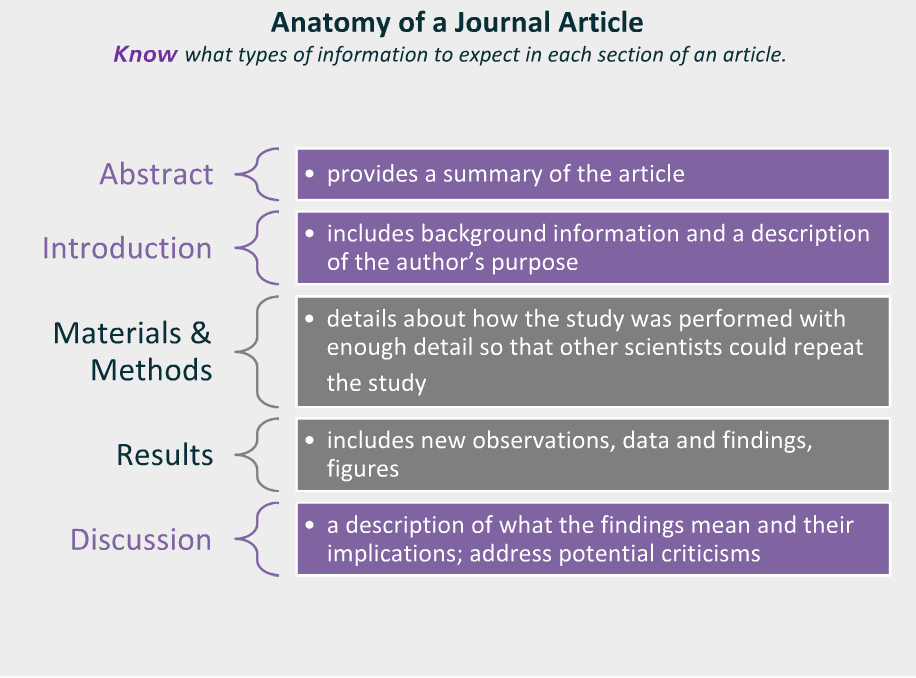 This association may help you stop the behavior.
This association may help you stop the behavior. - Flooding. This is similar to systematic desensitization, but it involves facing your fears directly from the start, rather than gradually. If you have a phobia of dogs, for example, the first exposure step might be sitting in a room of friendly, playful dogs. With systematic desensitization, on the other hand, your first exposure step might be looking at pictures of dogs.
what it’s good forBehavioral therapy may be a good option for addressing:
- anxiety
- phobias
- substance use disorder
- attention deficit hyperactivity disorder
- obsessive compulsive disorder (OCD)
- oppositional and defiant behaviors
- behavioral issues that result from communication difficulties or emotional challenges
Cognitive behavioral therapy is a short-term approach to mental health treatment. It’s similar to behavioral therapy, but it also addresses unhelpful thought patterns or problematic thoughts.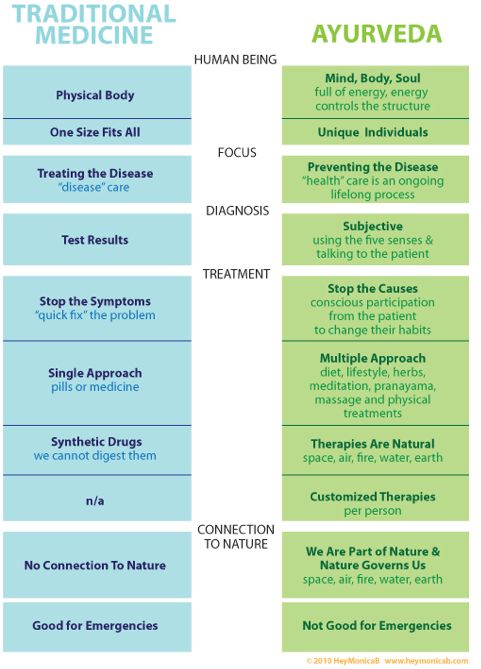
The idea behind CBT is that certain feelings or beliefs you have about yourself or situations in your life can lead to distress.
This distress may contribute to mental health issues, occur alongside them, or develop as a complication of other mental health issues.
How it works
In CBT sessions, you’ll work on identifying patterns and learning more about how they might negatively affect you.
With your therapist’s guidance, you’ll explore ways to replace negative thought patterns or behaviors with ones that are more helpful and accurate.
Like behavioral therapy, CBT doesn’t spend much time addressing past events. Instead, it focuses on addressing existing symptoms and making changes.
CBT often involves homework or practice outside the therapy session.
For example, you might keep track of negative thoughts or things that trouble you between sessions in a journal. This practice helps to reinforce what you learn in therapy and apply your new skills to everyday situations.
There are also some subtypes of CBT, such as:
- Dialectical behavioral therapy (DBT). DBT uses CBT skills, but it prioritizes acceptance and emotional regulation. You can expect to work on developing skills to cope with distressing or challenging situations. You may also learn how to accept and deal with difficult emotions when they arise.
- Rational emotive therapy. This approach helps you learn how to challenge irrational beliefs that contribute to emotional distress or other issues. The idea behind rational emotive therapy is that replacing irrational thoughts with more rational ones can improve your well-being.
What it’s good forCBT may be a good option for addressing:
- mood disorders, such as depression and bipolar disorder
- anxiety and phobias
- eating disorders
- substance use disorders
- OCD
- insomnia
- some symptoms of schizophrenia
CBT can also be very helpful for certain conditions when combined with medication.

Humanistic therapy is an approach that looks at how your worldview affects the choices you make, especially choices that cause distress. It’s based on the belief that you’re the best person to understand your experiences and needs.
Humanistic therapists work to help you better understand what you’re experiencing, offering guidance and support without interpreting your feelings for you.
How it works
Your therapist will help you work toward the goal of living your most fulfilling life, largely by enabling you to be your true self. You’ll spend time exploring ways to grow and increase self-acceptance along with discussing the issues you’re dealing with.
Another important principle in humanistic therapy is unconditional positive regard.
This simply means your therapist will accept you, even if they disagree with you on some things. Humanistic therapy is particularly useful for coping with negative judgement (perceived or real) from others.
Generally, you’ll be the one directing the session. Your therapist will step in when needed, but otherwise they’ll be actively listening to you, occasionally asking questions to ensure they understand what you’re saying.
Humanistic approaches to therapy include:
- Existential therapy. In this philosophical approach to treatment, you’ll consider concepts such as responsibility for your choices and your freedom to make choices. You might spend time talking about what certain parts of your life mean to you and how you might find greater meaning in life.
- Person-centered therapy. This approach works from the belief that emotional distress can result when others criticize you or show disapproval for your choices or actions. This can make self-acceptance and growth difficult. Therapists offer acceptance, empathy, and guidance as you work on personal growth and positive change.
- Gestalt therapy. With this approach, you’ll look at unresolved issues, such as relationship and family conflicts, considering how they affect your emotional well-being.
 Gestalt therapy focuses on the present moment and often involves role-playing or acting out scenarios with movement or visualization.
Gestalt therapy focuses on the present moment and often involves role-playing or acting out scenarios with movement or visualization.
what it’s good forHumanistic therapy can be useful for addressing:
- self-esteem issues
- difficulty coping with chronic health concerns
- effects of trauma
- depression
- relationship issues
- substance use disorder
- feelings of worthlessness or being lost in life
With so many options, it can feel overwhelming to commit to a specific kind of therapy. If you receive a mental health diagnosis from your healthcare provider, they may have some recommendations based on your needs.
Ultimately, the choice is yours. Keep in mind that many therapists use a combination of techniques from different types of therapy. It’s also perfectly normal to try one approach, find that it doesn’t work for you, and try a different type.
Therapy can be difficult, regardless of the approach you choose. You might feel uncomfortable or nervous about discussing mental health symptoms and personal thoughts with a stranger. This often gets easier with time.
You might feel uncomfortable or nervous about discussing mental health symptoms and personal thoughts with a stranger. This often gets easier with time.
Whether you’re having a difficult time in life or have a mental health issue that causes serious distress, your therapist is trained to help without judgment. If you don’t feel they are, seek out a new therapist.
If you’re not sure where to start, consider looking through the American Psychological Association’s database of therapists in your area. Most list the types of therapy they offer.
As you contact potential therapists, keep a few things in mind:
- What issues do you want to address? These can be specific or vague.
- Are there any specific traits you’d like in a therapist? For example, are you more comfortable with someone who shares your gender?
- How much can you realistically afford to spend per session? Do you want someone who offers sliding-scale prices or payment plans?
- Where will therapy fit into your schedule? Do you need a therapist who can see you on a specific day of the week? Or someone who has nighttime sessions?
Remember, it’s OK to change therapists or therapy types if one isn’t working for you. Keep trying until you find someone who feels right to you.
Keep trying until you find someone who feels right to you.
Online therapy options
Read our review of the best online therapy options to find the right fit for you.
MBST: Frequently Asked Questions
1. What is MBST®?
2. For whom is MBST® treatment recommended?
3. Are there any contraindications for the treatment?
4. What are the side effects?
5. Is the presence of an endoprosthesis a contraindication for MBST therapy?
6. What is the scientific validity of the method?
7. How is MBST different from other types of therapy (electro-, magnetic, shock wave, etc.)?
8. What is the history and background of MBST® technology? nine0003
9. How does MBST® work?
10. How does an MBST® session work?
1. What is MBST®?
MBST® - Multi Bio Signal Technology.
Nuclear Magnetic Resonance Therapy (NMRT) is currently the only therapy available that works at the cellular level.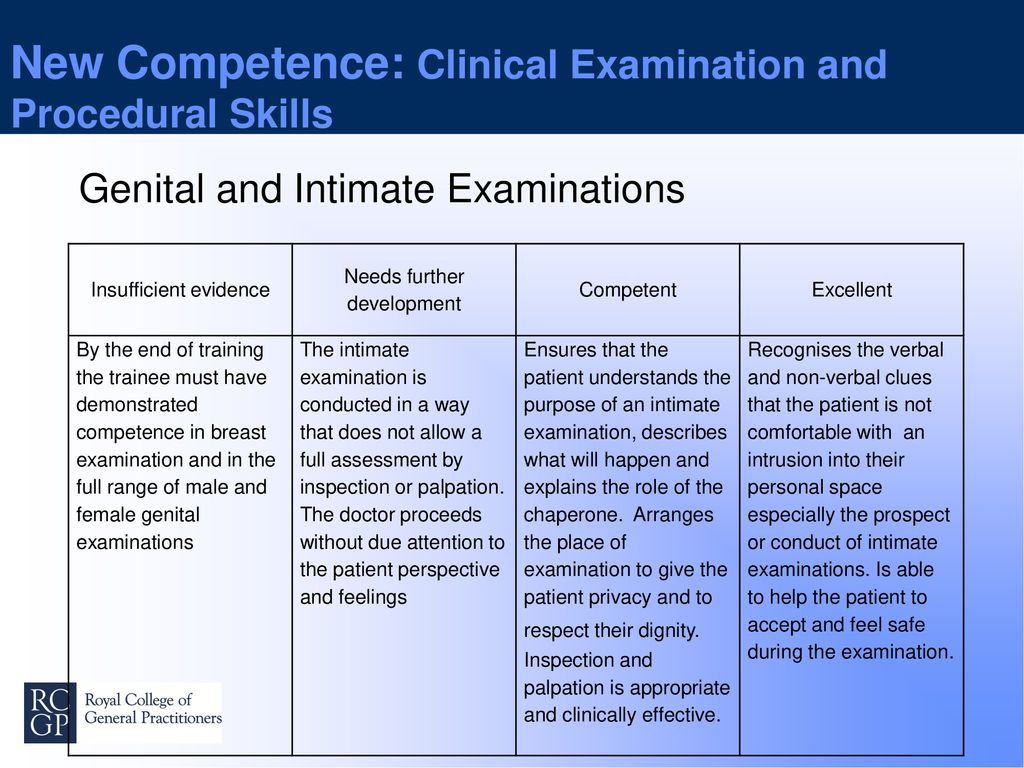 The scientific technology used acts directly on the cells.
The scientific technology used acts directly on the cells.
Non-invasive, risk-free therapy for pain associated with arthritis, osteoporosis, general aging, or sports injuries/accidents. nine0003
Treatment of the causes of pain at the cellular level to treat and relieve symptoms.
2. For whom is MBST® treatment recommended?
- Patients suffering from degenerative joint and bone diseases and metabolic bone diseases such as osteoarthritis and osteoporosis. However, it should be noted that patients with stage 4 or 5 osteoarthritis may require a longer treatment period due to the more difficult cell regeneration process.
- Patients with protrusion of the intervertebral discs, sports injuries, bone fractures, torn meniscus, ligaments and tendon injuries.
- Injured athletes who want to get back to sports as quickly and safely as possible.
- Patients who suffer from pain and reduced mobility due to bone and joint degeneration. We are talking about such conditions when the signals that promote bone and cartilage regeneration do not work properly.
 nine0040
nine0040
3. Are there any contraindications for treatment with MBST?
Contraindications are:
- Blood infections.
- Open wounds.
- Non-malignant tumors in the treatment area in the last 5 years.
- Pregnancy.
- Pacemakers, especially if the areas to be treated are the neck and shoulders
4. What are the side effects?
No side effects. After treatment, patients tend to sleep better at night. Also in the area of influence, a significant improvement in the condition of the skin is observed. nine0003
5. Is the presence of an endoprosthesis a contraindication for MBST therapy?
No, hip replacement is not a contraindication. On the contrary, after arthroplasty operations, a course of MBST therapy is recommended for better postoperative recovery and acceleration of the rehabilitation process.
6. What is the scientific validity of the method?
Using radio waves, MBST® stimulates hydrogen protons, placing them in a state of "high energy", then this energy is released in the same way as in MRI. nine0003
nine0003
When we undergo an MRI (Magnetic Resonance Imaging), the energy is reflected and recorded by computer sensors in order to then transform it into a visible image that we can understand.
When we do MBST®, the radio wave carries the correct frequency, which is absorbed by the surrounding tissues. The devices work with the help of chip cards that fix different frequencies depending on what tissue they are trying to influence. When this "energy" is absorbed by the tissue, it can be used to recharge the cell with the right resonance. This means that with repeated treatment, we can return the cell to the potentially correct energy and regenerate it beneficially, i.e. turn back time for the cell, making it "younger". Chip cards reduce errors caused by the human factor and guarantee a favorable treatment outcome. nine0003
7. How is MBST different from other types of therapy (electro-, magnetic, shock wave, etc.)?
Do not confuse MBST® with other treatments such as electromagnetic therapy, shock wave therapy, magnetic bracelets and mattresses, as they only treat the symptoms, namely:
Electromagnetic field affects hydrogen ions, not hydrogen protons . Hydrogen is much more available in the body than ions. MBST® is the only device that can act at the cellular level. Electromagnetic therapy devices use a single magnetic field and coil, which means that the area of the magnetic field is only close to the wall of the device. With MBST®, which has 3 different fields, the treatment area is located over the entire area of the device, with the strongest field in the middle section. That is why a couch is attached to it, which makes it more open and comfortable for the patient. nine0003
Hydrogen is much more available in the body than ions. MBST® is the only device that can act at the cellular level. Electromagnetic therapy devices use a single magnetic field and coil, which means that the area of the magnetic field is only close to the wall of the device. With MBST®, which has 3 different fields, the treatment area is located over the entire area of the device, with the strongest field in the middle section. That is why a couch is attached to it, which makes it more open and comfortable for the patient. nine0003
Magnetic wristbands are claimed by some to aid healing by increasing blood flow. A single static magnetic field in these products is not strong enough.
Shock wave therapy stimulates blood flow to the area of pain, which is an important factor in the healing process, but does not treat the cause of the pain.
8. What is the history and background of MBST® technology?
This technology has been used to treat people for over 17 years.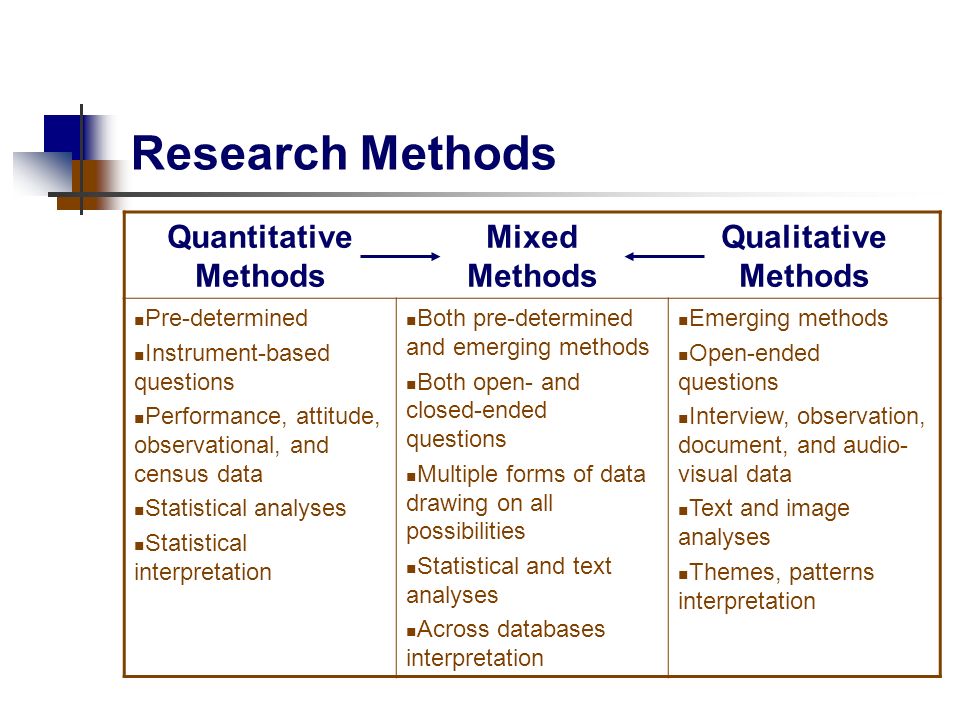 nine0003
nine0003
The therapy was developed in Germany but is currently used in 29 countries including China, Russia and Australia.
Based on the same principles as MRI, the idea for MBST® came about after patients reported pain relief after MRI. Muntermann, Dr. Overbeck and the MedTec team were inspired by these MRI reports and developed MBST®.
MBST® patients are treated along with physical therapy or orthopedic and exercise counseling to aid recovery and rehabilitation. After treatment, it is important to use physical therapy in order to restore muscle memory to the state it was before the injury, and also not to deceive the patient's expectations about recovery. Since MBST® works at the cellular level, the response time to treatment will be different for each individual patient. To see results, we ask all patients to use MBST® for 10 weeks as a consistent post-treatment recovery time. After this period, the outcome of treatment can be checked by MRI. nine0003
9. How does MBST® work?
MBST® consists of a treatment kit that uses three different electromagnetic fields.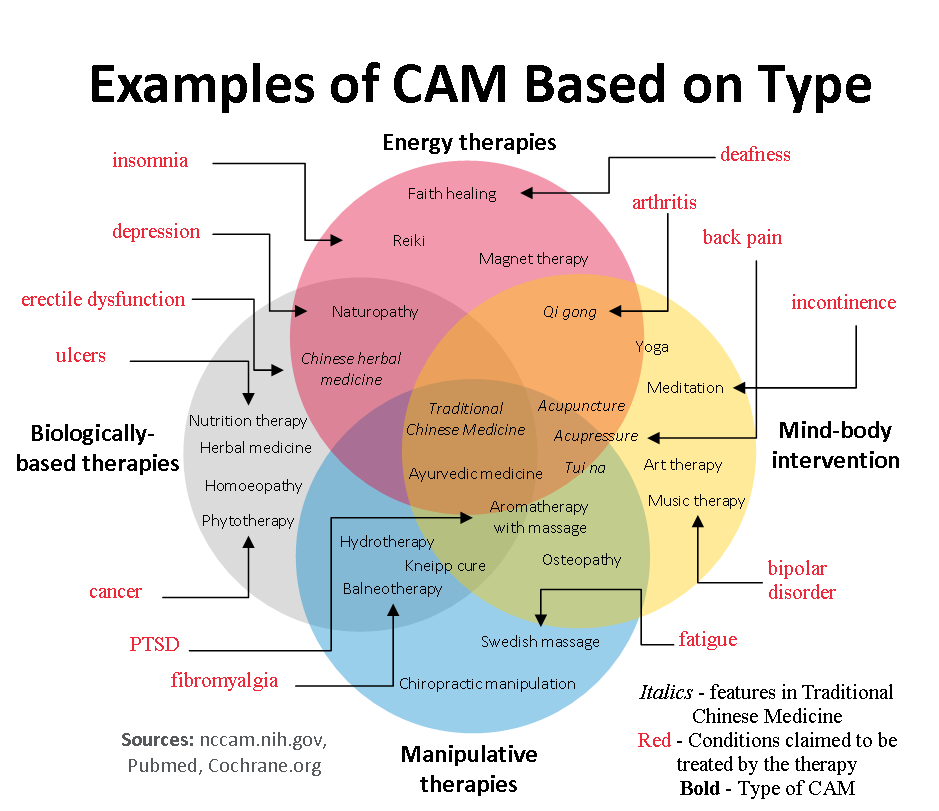
Magnetic fields alternate, acting on damaged cells in order to stimulate their regeneration. This results in increased function of the joint, often eliminating the need for surgery.
Patients can be treated while resting, lying down or in a chair, depending on the area being treated with MBST®.
10. How does an MBST® session work? nine0027
Depending on the diagnosis, a course of treatment of 5, 7, 9 or 10 procedures is prescribed. The course of treatment is carried out daily, preferably without interruptions (it is possible to take a 1-day break in the middle of the course). The procedure lasts 60 minutes.
The method is non-invasive (no surgery or injections). No hospital stay or recovery after the procedure is required. There is no risk of infection.
No pain or side effects. Even for patients with caustrophobia, the procedure will not be stressful, as there are no closed circuits in an enclosed space. nine0003
Some patients report a slight "tingle" in the treated area.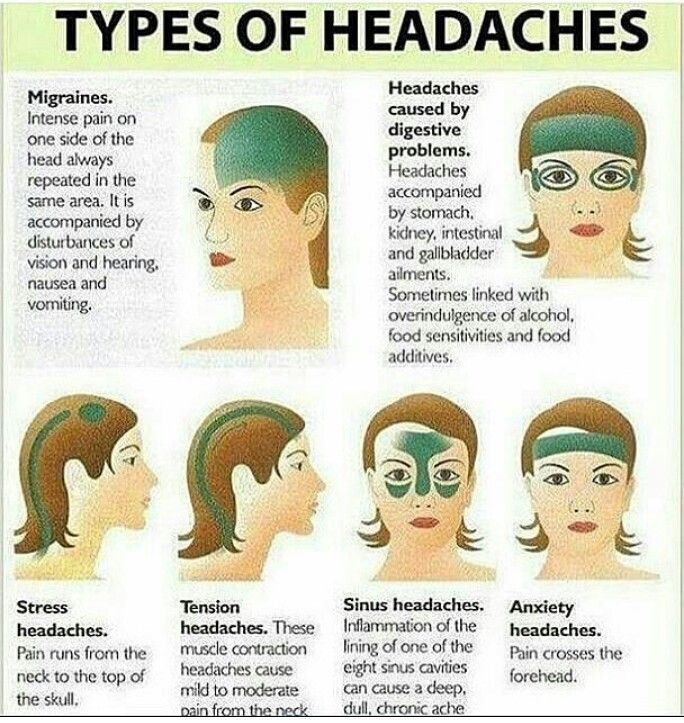
Patient does not need to undress (just take off shoes). During the procedure, you can listen to pleasant music, watch your favorite movie or just take a nap.
MBST is an excellent alternative for the treatment of diseases that previously required a complex set of therapeutic methods.
Photodynamic therapy (PD) - Humanitas
Photodynamic therapy (PD) is a dermatological treatment that allows you to take measures to treat various pathological conditions or aesthetic appearance of the skin: acne, damage caused by sunburn or skin aging, actinic or solar keratosis , precancerous and cancerous lesions. Photodynamic therapy is based on the use of light and the application of a photosensitizing agent in the form of a cream. When applied to the skin, the cream causes an oxidative reaction only in the pathological skin cells, which leads to their elimination and the promotion of replacement by new cells. nine0003
What is photodynamic therapy?
Photodynamic therapy is a treatment that is used in the irradiation of small areas of the skin to treat various dermatological diseases in the field of oncology and aesthetics. In the field of oncology - the area for which this therapy was born - is used to treat precancerous and cancerous lesions such as basal cell carcinoma, squamous cell carcinoma (Bowen's disease). The therapy is indicated even in the case of senile keratosis of the face and scalp. nine0003
In the field of oncology - the area for which this therapy was born - is used to treat precancerous and cancerous lesions such as basal cell carcinoma, squamous cell carcinoma (Bowen's disease). The therapy is indicated even in the case of senile keratosis of the face and scalp. nine0003
The effectiveness of therapy has also been shown in the treatment of other diseases: sun damage (photoaging) on the face and hands; acne, pimples, warts. Even though photodynamic therapy is used openly, even for aesthetic therapy, this treatment should always be prescribed and performed by trained medical personnel.
How is photodynamic therapy performed?
A visit to a dermatologist will determine the type of skin lesion and the need for photodynamic therapy in each individual case. nine0003
Photodynamic therapy involves the application of a skin cream based on aminolevulinic acid, which is appropriately applied to the affected area and immediately covered with a bandage to allow the substance to reach the damaged cells. In fact, the molecules used interact only with the most "unstable" cells favoring the oxidative reaction, after which the subsequent application of light (red LED light) destroys them. In some cases, pre-treatment of keratinized lesions is necessary to cleanse the skin of crusts that inhibit the action of the cream. nine0003
In fact, the molecules used interact only with the most "unstable" cells favoring the oxidative reaction, after which the subsequent application of light (red LED light) destroys them. In some cases, pre-treatment of keratinized lesions is necessary to cleanse the skin of crusts that inhibit the action of the cream. nine0003
What are the pros and cons of treatment?
A dermatologist has the professional ability to weigh the benefits and risks of treatment. Professionals credit the effectiveness of this therapy in many cases and with a lower risk of side effects than other treatments with a stronger effect on the body.
Side effects are generally rare and related to the type of injury and its intensity. The most common side effect is a burning sensation or pain when exposed to light. In some cases, the skin remains inflamed for several weeks. nine0003
Is this therapy painful or dangerous?
The treatment is considered to be more tolerable than other medical treatments, but like any procedure, it has risks, even if the very essence of the therapy is safe. During treatment, you may feel a burning sensation or pain. This comes from a phototoxic action that selectively eliminates damaged cells. In this case, you just need to temporarily stop the therapy and continue after the disappearance of pain. Within 24 hours, you may experience burning and itching, usually temporary, and sometimes swelling or swelling. These symptoms disappear on their own within one or two weeks. If the symptoms are sensitive enough, a decongestant essential oil wrap can be used, in case of more intense symptoms, pain medication can be taken. In any case, it is necessary to consult a doctor about the consequences of this treatment. nine0003
During treatment, you may feel a burning sensation or pain. This comes from a phototoxic action that selectively eliminates damaged cells. In this case, you just need to temporarily stop the therapy and continue after the disappearance of pain. Within 24 hours, you may experience burning and itching, usually temporary, and sometimes swelling or swelling. These symptoms disappear on their own within one or two weeks. If the symptoms are sensitive enough, a decongestant essential oil wrap can be used, in case of more intense symptoms, pain medication can be taken. In any case, it is necessary to consult a doctor about the consequences of this treatment. nine0003
Which patients can be treated?
Photodynamic therapy is generally effective and well tolerated by all patients. This treatment is contraindicated in patients with photosensitivity, porphyria, or extensive xeroderma pigmentosa, or who have received retinoic acid treatment in the previous month.
Are there special rules for preparing for therapy?
Patients who will receive this treatment should not use cosmetics, make-up, lotion, cream, or deodorant three days before starting therapy.